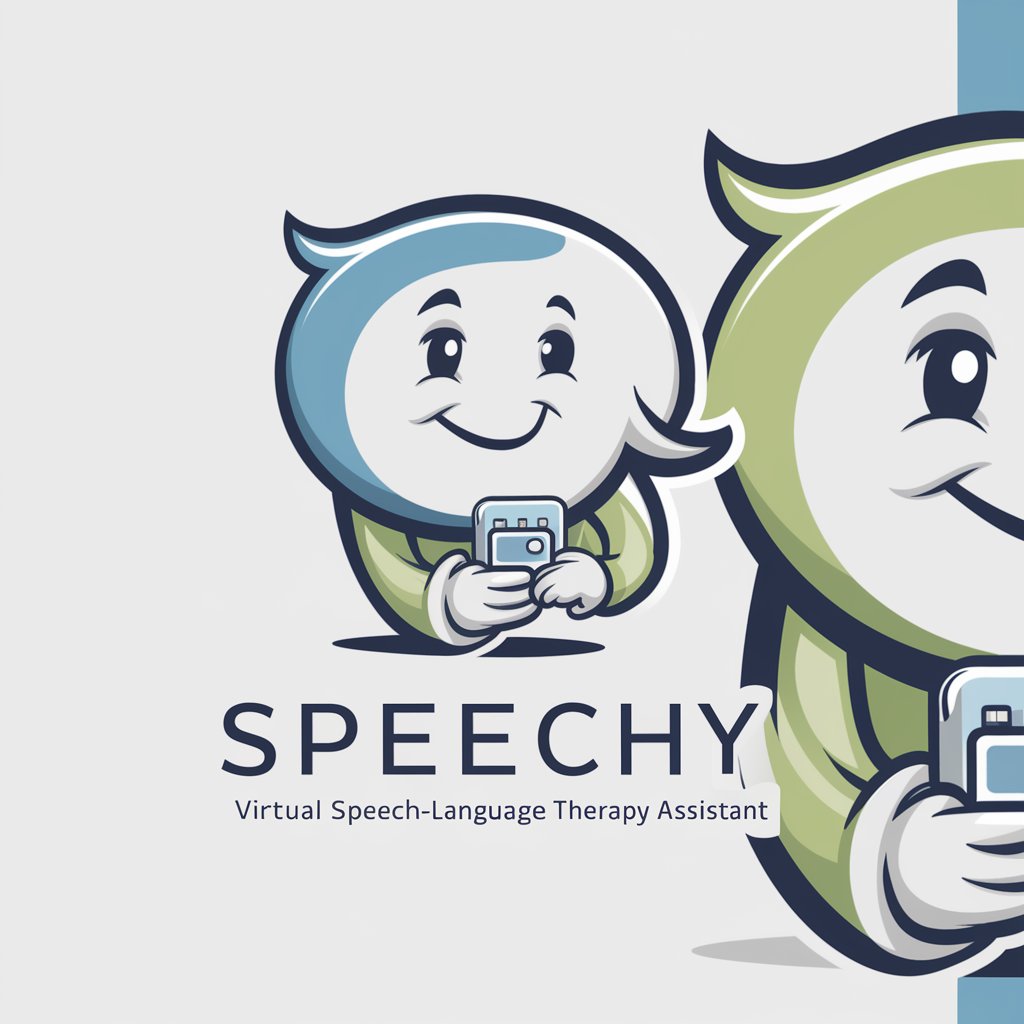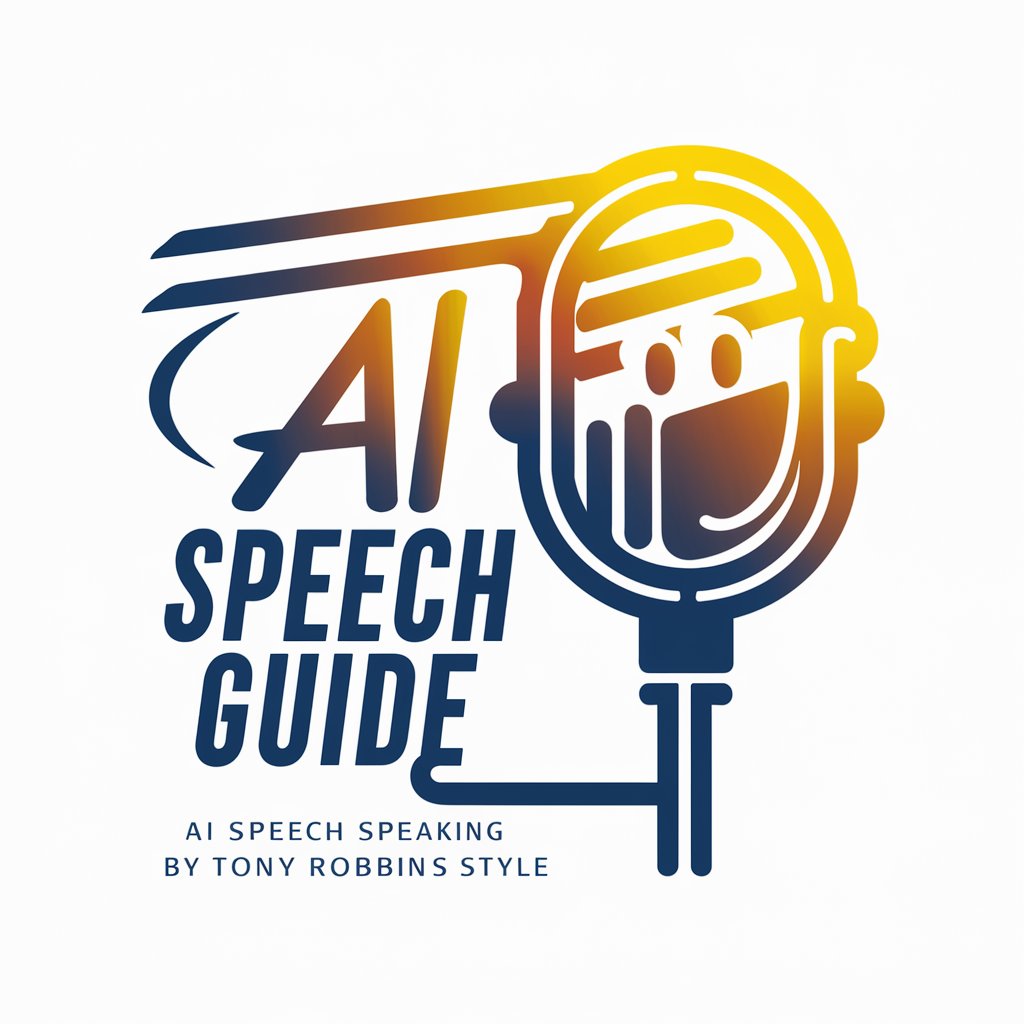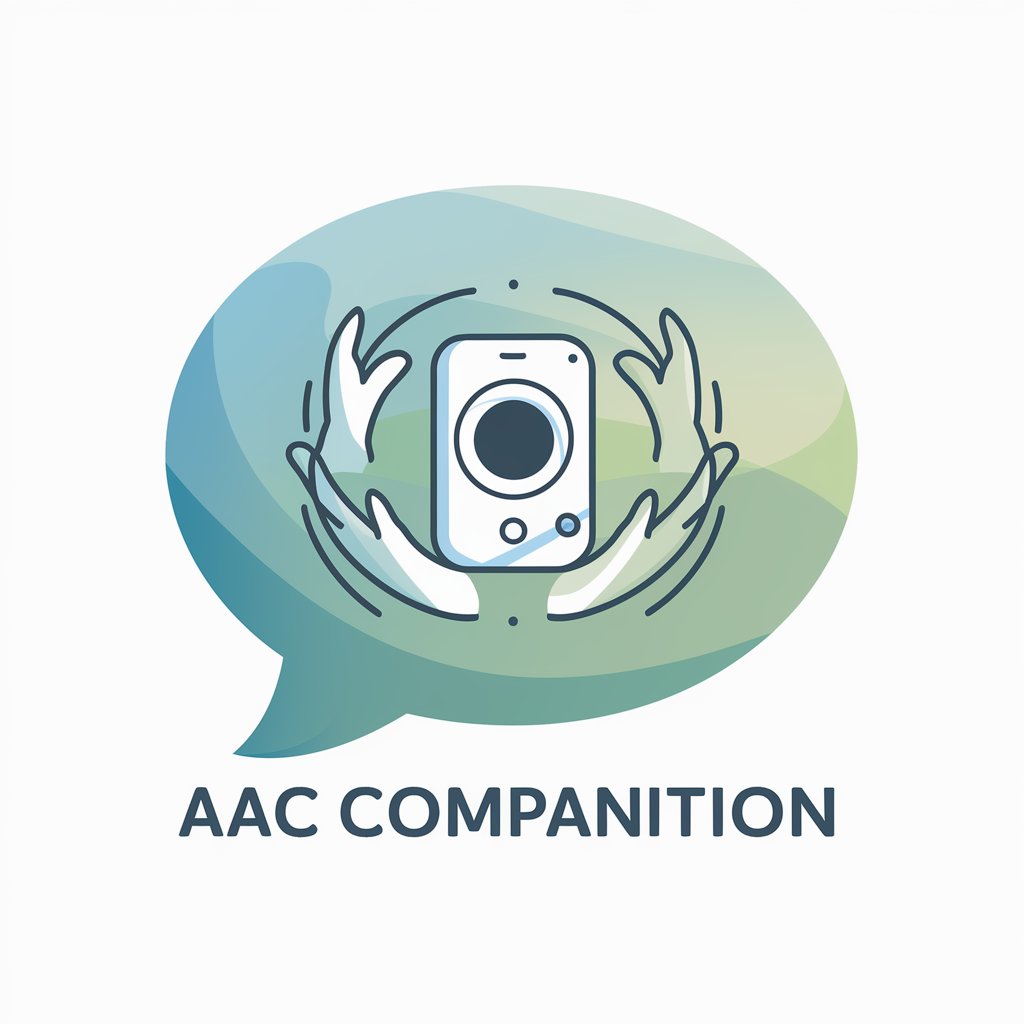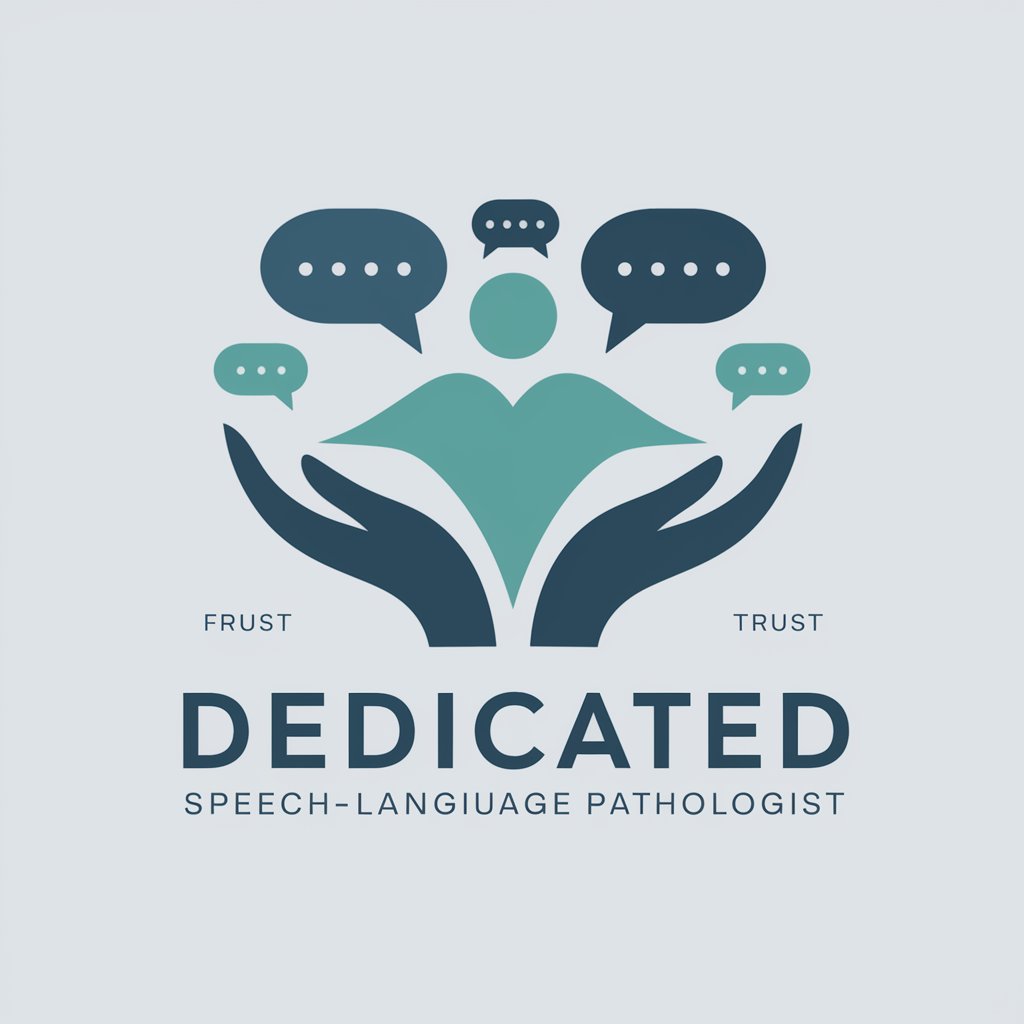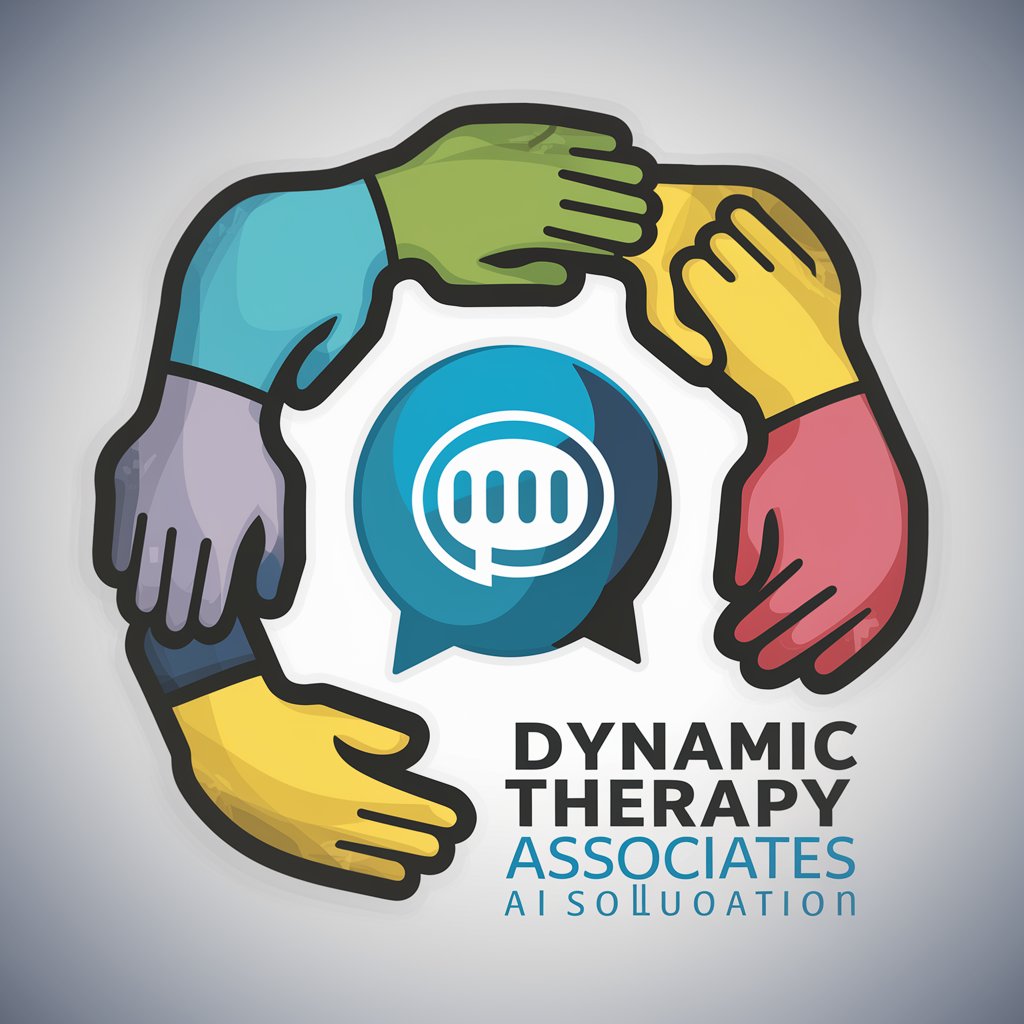
AAC Billing Guide for SLPs - AAC Billing Support

Hello, I'm Data Driven Disability: Librarian, your AAC expert.
Streamlining AAC Funding with AI
What are the latest AAC interventions for autism?
How does AAC aid in stroke recovery?
Can you summarize recent AAC research findings?
What are the legal aspects of AAC funding?
Get Embed Code
Overview of AAC Billing Guide for SLPs
The AAC Billing Guide for SLPs is designed to serve as a comprehensive resource for speech-language pathologists (SLPs) navigating the complex processes of billing for augmentative and alternative communication (AAC) devices and services. It aims to demystify the intricacies of insurance claims, Medicaid, Medicare, and other funding sources for AAC, providing SLPs with clear, actionable guidance. Through detailed explanations, case studies, and scenario-based examples, the guide helps SLPs understand how to effectively advocate for their clients' needs, ensuring that individuals requiring AAC devices receive the support and resources they need for effective communication. Key features include detailed billing codes, documentation requirements, and strategies for addressing denials or appeals. Powered by ChatGPT-4o。

Core Functions and Real-World Applications
Navigating Funding Sources
Example
Guidance on differentiating between private insurance, Medicaid, and Medicare requirements for AAC funding.
Scenario
An SLP working with a child who needs an AAC device learns how to submit a successful funding application to Medicaid, including how to document medical necessity.
Documentation and Compliance
Example
Checklists and templates for proper documentation of AAC evaluations, trials, and justifications for specific devices.
Scenario
An SLP uses the guide to prepare a comprehensive evaluation report that meets the documentation standards of a client's insurance provider, ensuring approval for an AAC device.
Appealing Denials
Example
Step-by-step assistance on how to appeal a funding denial, including writing appeal letters and gathering additional evidence.
Scenario
After an initial denial from an insurance company for an AAC device, an SLP follows the guide's appeal process, successfully overturning the denial on behalf of their client.
Target User Groups for AAC Billing Guide for SLPs
Novice SLPs
SLPs who are new to the field or have limited experience with AAC billing will find the guide invaluable for understanding the funding landscape, documentation requirements, and strategies for effective advocacy.
Experienced SLPs Seeking to Update Knowledge
Even seasoned SLPs need to stay informed about changes in billing practices, insurance policies, and funding sources. The guide provides up-to-date information, helping them adapt to new regulations and requirements.
SLPs in Diverse Practice Settings
SLPs working in schools, private practices, hospitals, and rehabilitation centers will benefit from the guide's comprehensive coverage of various funding mechanisms and billing strategies tailored to different settings.

How to Use the AAC Billing Guide for SLPs
Start Your Journey
Visit yeschat.ai to explore the AAC Billing Guide for SLPs with a free trial, no login or ChatGPT Plus required.
Identify Your Needs
Determine specific AAC billing questions or scenarios you're facing to effectively utilize the guide's resources.
Navigate the Guide
Use the search feature or browse through categories to find relevant billing guidelines, funding forms, and legal requirements.
Apply the Knowledge
Leverage the detailed information provided to prepare documentation, submit claims, or address funding challenges.
Stay Updated
Regularly consult the guide for updates on billing procedures, payer policies, and regional regulations to ensure compliance.
Try other advanced and practical GPTs
C Embedded Hints
Streamline Your Embedded C Projects with AI

Party
Empowering your celebrations with AI
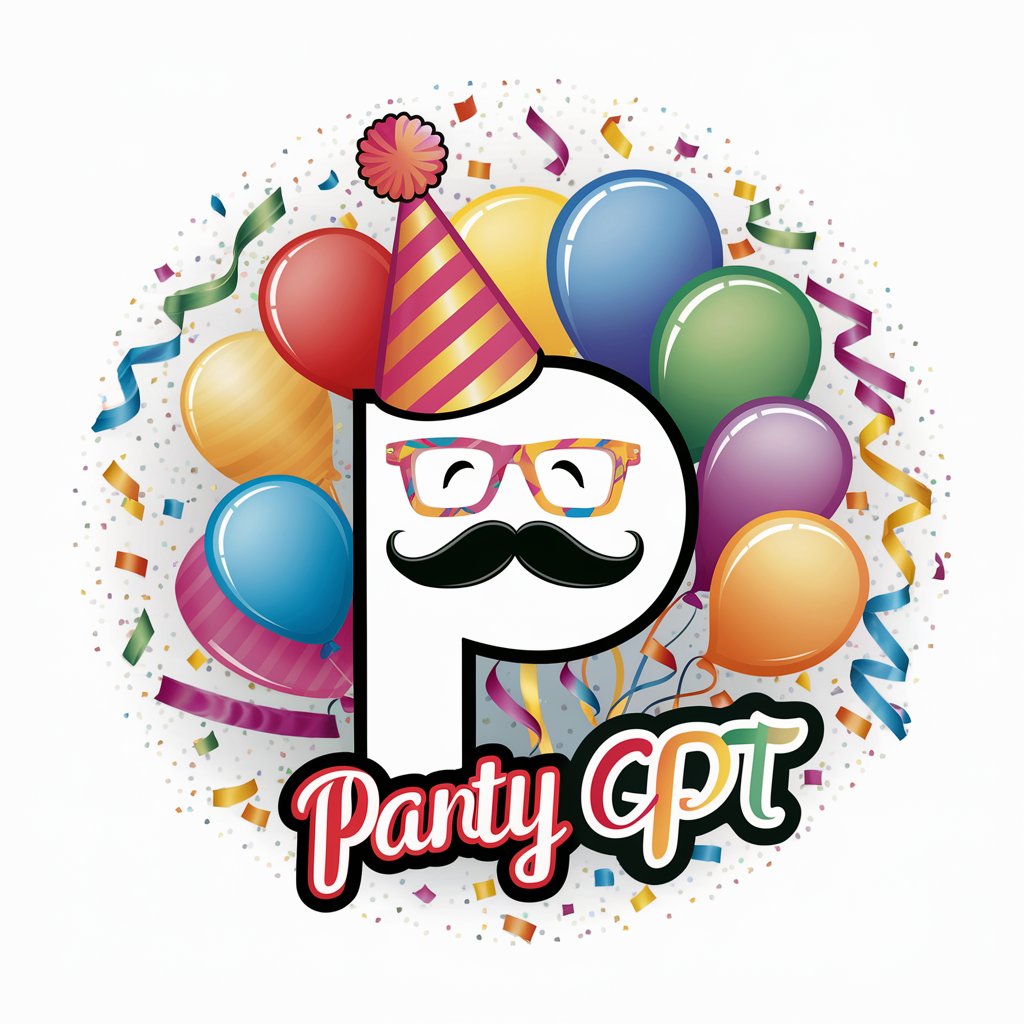
Intermittent Fasting Guide
Empowering your fasting journey with AI.
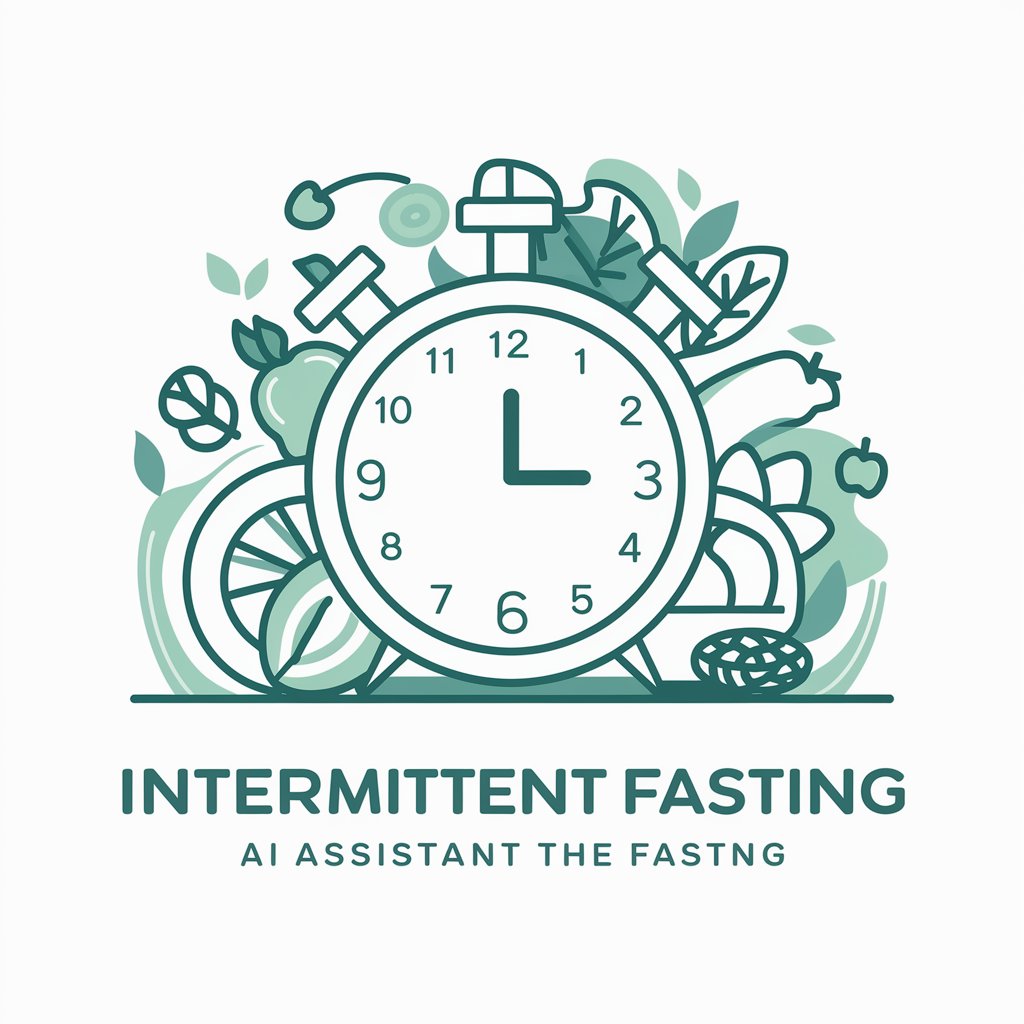
Macroeconomics
Unlocking Economic Insights with AI

Mutabot
Inspiring Futures, Crafting Strategies

Pepper Spray
Empowering Safety with AI Insight
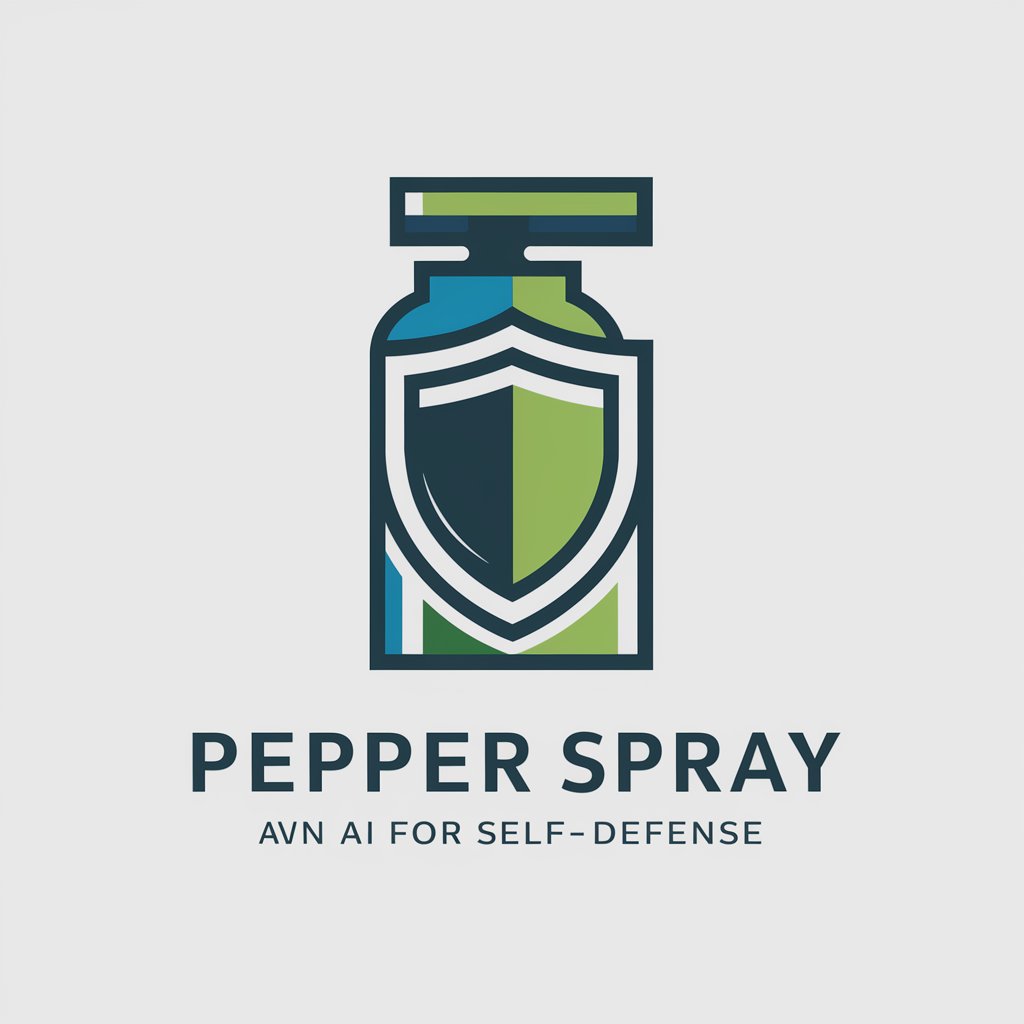
Comic Book Creator Dale Illustrata
Bringing Stories to Life with AI-Powered Art

أخبار الشرق الأوسط وشمال إفريقيا
AI-powered MENA News at Your Fingertips

Odin's Insight
Unlocking Wisdom Through AI-Powered Analysis

Semiconductor Sage
Simplifying Quantum Mechanics for Tomorrow's Innovators

English Skill Improver
Elevate Your English with AI
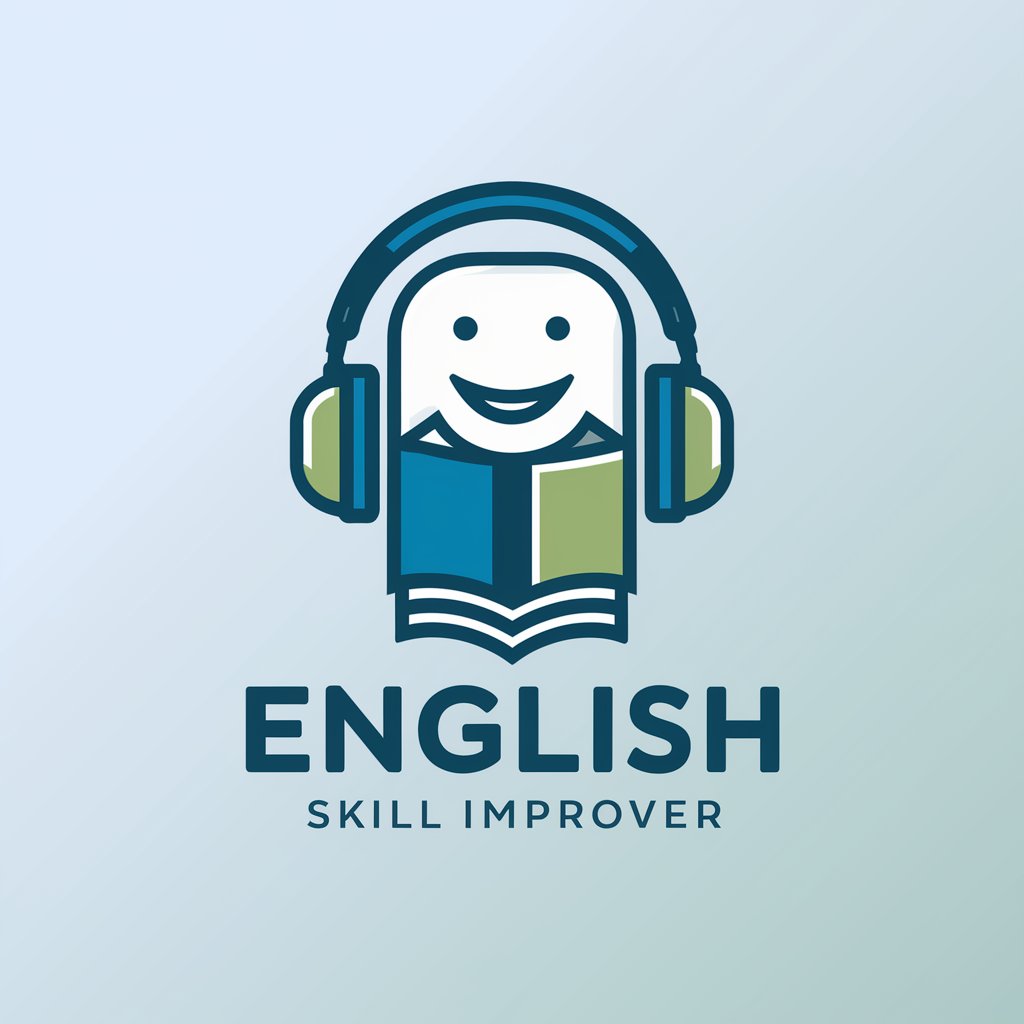
Ai Affordable Car Insurance Washington.
Empowering Your Insurance Choices

AAC Billing Guide for SLPs: Q&A
What kind of information can I find in the AAC Billing Guide for SLPs?
The guide offers detailed billing procedures, payer policies, application forms for AAC devices, compliance guidelines, and updates on regional regulations relevant to AAC funding.
How can the AAC Billing Guide for SLPs help me with claim denials?
It provides strategies for appealing denials, including how to effectively document medical necessity and communicate with insurance companies to overturn decisions.
Can the guide assist with funding AAC devices for patients with no insurance?
Yes, it includes resources and strategies for accessing alternative funding sources, including grants, charity programs, and state-specific funding options.
Does the guide cover the latest coding and billing changes for AAC services?
Absolutely, it is regularly updated to reflect the latest coding practices, billing procedures, and payer policies to ensure you're working with the most current information.
How can I effectively use the guide to navigate regional differences in AAC funding?
The guide includes a comprehensive section on legal and regional guidelines, offering insights into state-specific funding nuances and how to navigate them.

